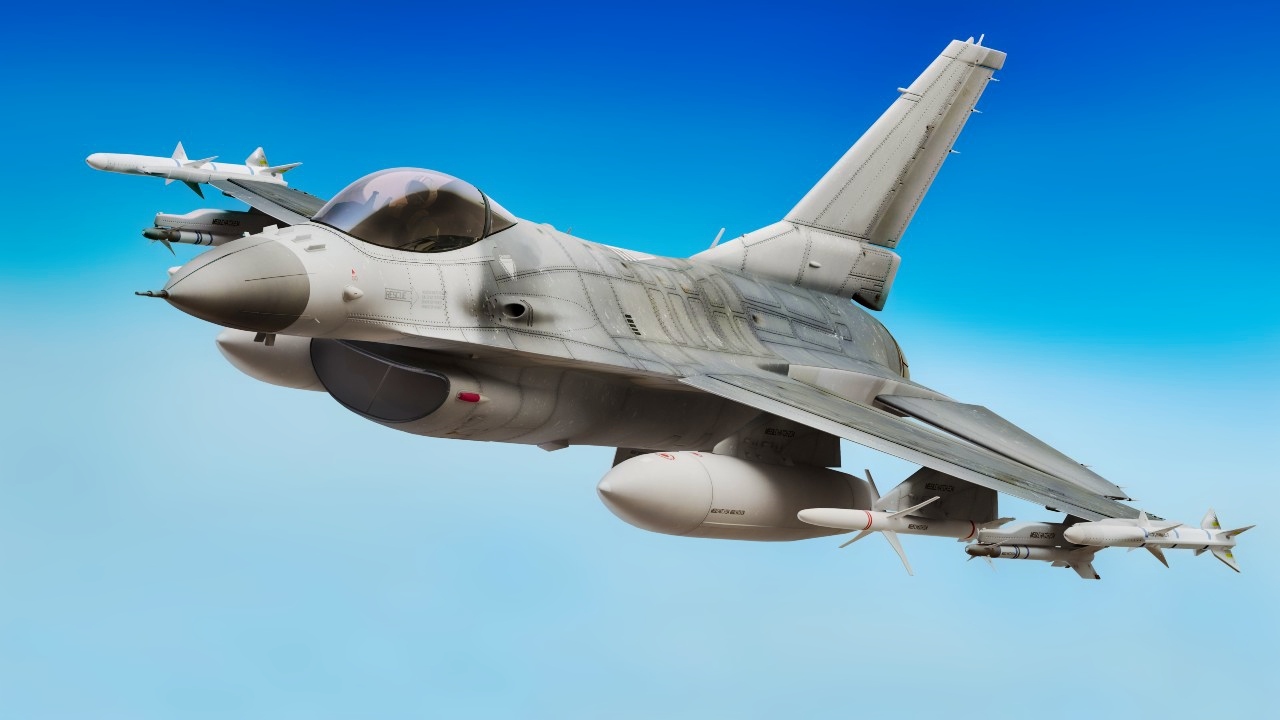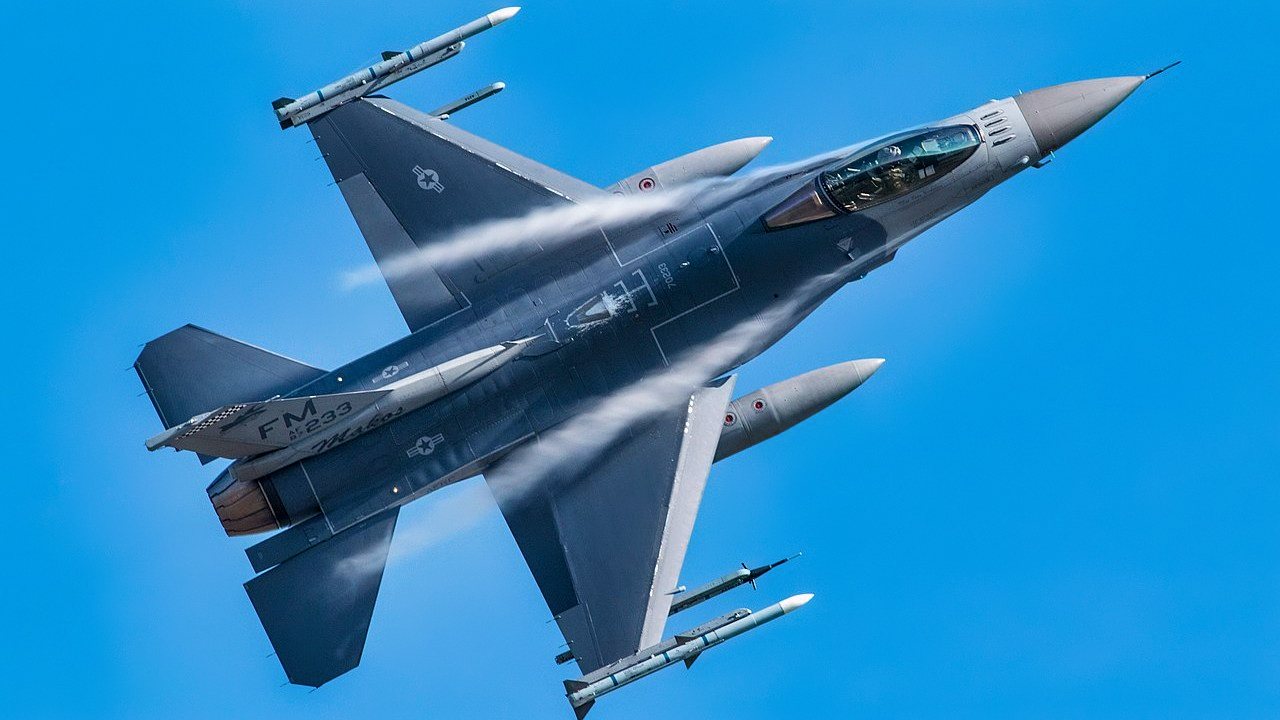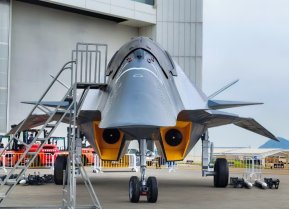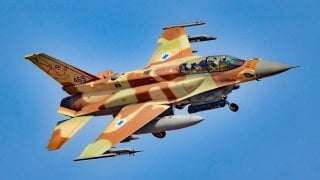F-16I Sufa: The Fighting Falcon Fighter The Air Force Can't Fly
The F-16I Sufa is a uniquely modified variant of the F-16 Fighting Falcon, tailored to meet the Israel Air Force’s needs. Delivered starting in 2004, the Sufa features advanced avionics, Israeli-designed conformal fuel tanks for extended range, and enhanced air-to-ground weapons capacity.
What You Need to Know: The F-16I Sufa is a uniquely modified variant of the F-16 Fighting Falcon, tailored to meet the Israel Air Force’s needs. Delivered starting in 2004, the Sufa features advanced avionics, Israeli-designed conformal fuel tanks for extended range, and enhanced air-to-ground weapons capacity.

-Its Elbit Dash IV helmet-mounted cueing system offers pilots a 360-degree targeting capability, while the electronic warfare suite includes radar warning and jamming systems.
-The F-16I has played a vital role in Israeli operations, including targeting Hamas tunnels in 2021. With ongoing relevance, the Sufa remains a cornerstone of Israel’s air power.
F-16I Sufa: The Backbone of Israel’s Air Superiority
The Israel Defense Forces fly the largest contingent of the F-16 outside of the U.S. Air Force, with more than 300 airframes in their arsenal.
Nicknamed Sufa, or thunderstorm in Hebrew, the two-seat variant of the F-16 – the F-16I Sufa – was specifically designed to meet the requirements of Israel's Air Force.
While the platform has some shortcomings, Israel’s Sufa variant boasts unique modifications that make it a critical part of the Jewish state’s military program.

F-16I upgrades the original
Originally developed by General Dynamics (now Lockheed Martin), the F-16 Fighting Falcon took its first flight in 1976. The fighter jet was designed to rectify some of the shortcomings in the aircraft that flew in the Korean and Vietnam Wars. The Falcon’s increased thrust-to-weight ratio and smaller frame made it an air-superiority platform, with improved air-to-air training for fighter pilots. Similar to the F-15, the Fighting Falcon was also a premier airframe for withstanding higher g-forces.
An initial contract between Lockheed-Martin and Israel allocated up to 110 new F-16Is by 2003. According to former Lockheed Martin Vice President John Bean, “[The Sufa program] illustrates the strong bond between Lockheed Martin and Israel; we hope to strengthen that relationship through our continuing commitment to this program."
The first fleet arrived in Israel in 2004 and featured a range of specialized modifications, including changes to the Falcon’s avionics, instrumentation, and weapons support systems. The F-16I is fitted with Israeli-designed conformal fuel tanks that extend the jet’s flight range by increasing the fuel it can hold by 50%. The placement of the tanks also allows the wings’ inner store stations, which are typically utilized for external tanks, to be available for weapons storage. This variation alone doubles the Sufa’s air-to-ground weapons capacity.

The F-16I’s Elbit Dash IV display shortens the lock-on process time for engagements, and the aircraft uses a helmet-mounted cueing system. This Israeli development can link aircraft information such as height and speed to the system, enabling weapons to target enemy aircraft using sight only. Dash IV allows the pilot to locate targets at high angles off the nose of the fighter, providing 360-degree information to the pilot everywhere they look.
A key aerial asset
Arguably the most significant modification made to the F-16I Sufa is in its electronic warfare suite and avionics. Approximately half of the Falcon’s avionics were replaced with Israeli innovations including the aerial towed decoy. The Sufa’s electronic warfare suite incorporates radar warning systems and jamming capabilities, including the Elisra SPS 3000 self-protection jammer.
The F-16I Sufa has been active in Israel’s air force missions for nearly two decades, and the platform remains a critical asset. It continues to carry out important tasks. During a 2021 Israel-Hamas flare-up in Gaza, Sufas comprised the majority of the aircraft responsible for striking the terror group’s underground tunnel network and other weapons depots. With the help of the F-15I Ra’am and F-35I Adir stealth fighters, Operation Guardian of the Walls was successful.
The F-16I Sufa will likely remain in Israel’s aerial arsenal for years to come.
About the Author: Defense Expert, Maya Carlin
Maya Carlin is an analyst with the Center for Security Policy and a former Anna Sobol Levy Fellow at IDC Herzliya in Israel. She has by-lines in many publications, including The National Interest, Jerusalem Post, and Times of Israel.
Image Credit: All Images are Creative Commons and/or Shutterstock.


